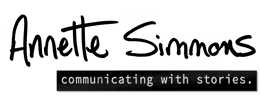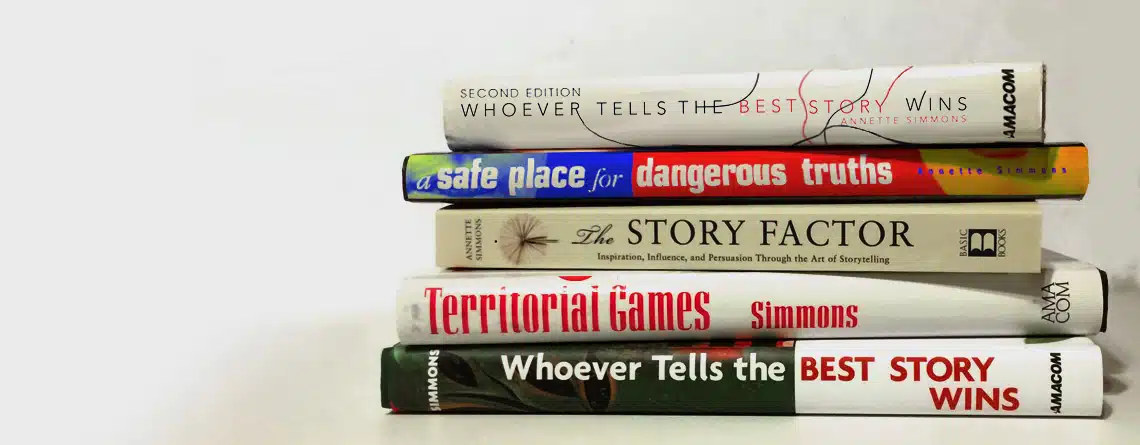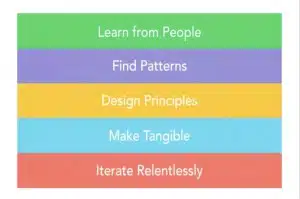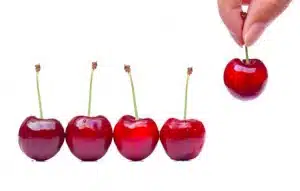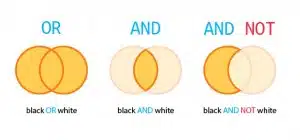
Storytelling Moral Survival System: Part 14 (suggestions)
Question Metrics Technology has evolved from practical magic to mind-blowing magic during my lifetime. While I am deeply grateful that my brain developed without the influence of personal computers, my entire working life progressed through the stages of rapid technological advancement in real time. In the early 1980s, I combed through five- inch thick stacks
